Results
-
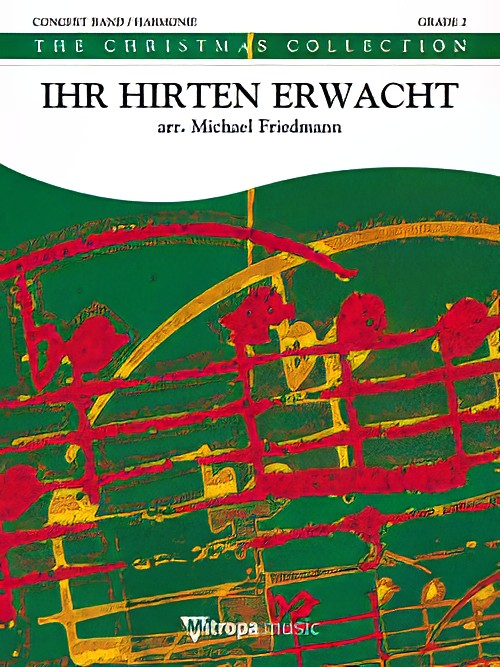 £74.99
£74.99Ihr Hirten Erwacht (Concert Band - Score and Parts) - Friedmann, Michael
Ihr Hirten erwacht (Ye Shepherds Awake) is one of the most beloved of all German Christmas songs. The origins of this reflective folk tune are unknown but it was printed for the first time in a song book in 1852. Michael Friedmann has crafted an outstanding arrangement that features all sections of the band.Duration: 3.30
Estimated dispatch 7-14 working days
-
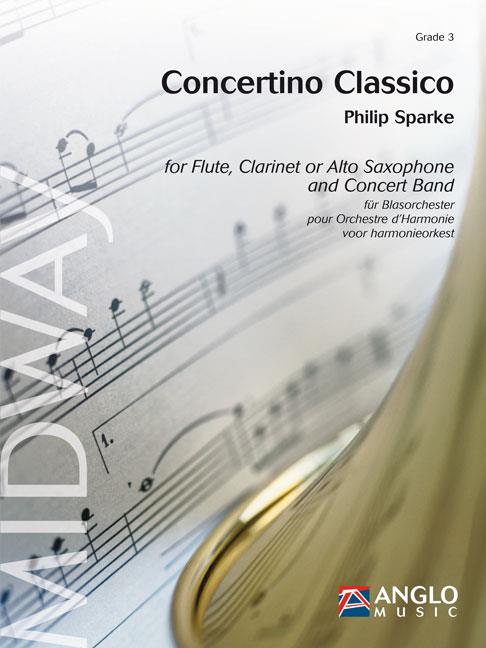 £110.99
£110.99Concertino Classico (Flexible Solo with Concert Band - Score and Parts) - Sparke, Philip
for Flute, Clarinet or Alto Saxophone with Concert BandPhilip Sparke published a book of etudes, Super Solos in 2008, the third volume in a series for flute, clarinet, alto saxophone, trumpet, horn, trombone and euphonium. A young German Flutist was so excited by these pieces that his father secretly commissioned an arrangement of three of the etudes. The result is this mini-concerto, containing Little Overture, Berceuse and Molto Perpetuo.Duration: 7:00Recorded on Anglo AR0263 Atlantic Odyssey.
Estimated dispatch 7-14 working days
-
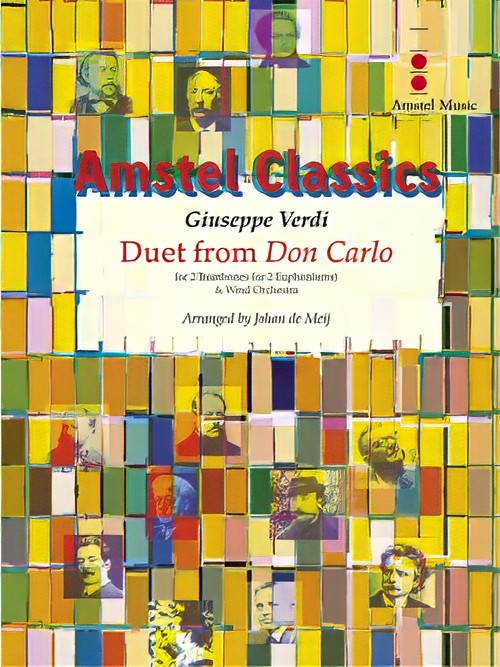 £115.00
£115.00Duet from Don Carlo (Trombone or Euphonium Duet with Concert Band - Score and Parts) - Verdi, Giuseppe - De Meij, Johan
Don Carlo was originally written (title Don Carlos) as a French five-actor for the 1867 world exhibition in Paris. Later, Verdi transformed this improant grand opera into a four-acter in Italian. With its many leitmotifs, Don Carlo was 'too Wagnerian' according to French critics, although Verdi hardly knew the music by his German colleage. For the record, the composer was not happy either with the 'lifeless and cold' performance in Paris, and the drama, concerning Charles V, Philip II and crown price Don Carlo, found its way to La Scala only twenty years later. This duet, arranged by Johan de Meij, originates from the second act. While monks pray for the soul of Emperor Charles V, his grandson Don Carlo takes the stage, tormented by the fact that the woman he loves is now married to his father. Carlo's friend Rodrigo, the Margquis of Posa, has just returned from Flanders. He asks crown prince Carlo to help him ease the oppression and suffering of the Flemish people. Carlo reveals his secret: he is in love with his stepmother. Rodrigo advises him to leave Spain and to go to Flanders. The two men vow to be friends forever in the duet Dio, che nell' alma infondere (God, who wishes to instil love and hope in our souls). Duration: 4.00
Estimated dispatch 7-14 working days
-
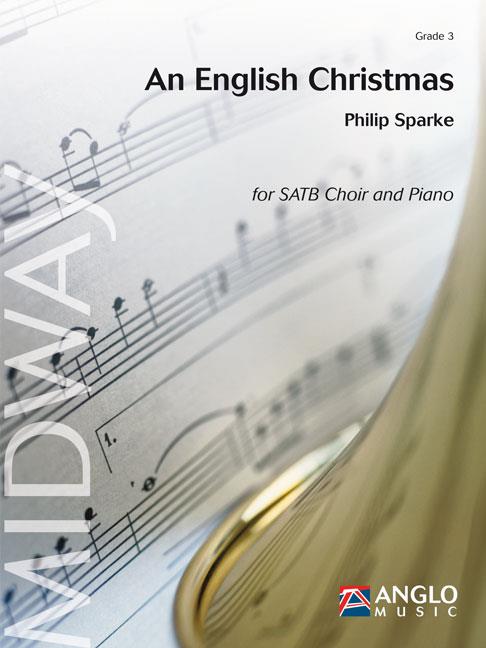 £4.99
£4.99An English Christmas (SATB Choir and Piano) - Sparke, Philip
Christmas as celebrated in England is a relatively new tradition dating from the time of Queen Victoria. Her husband Prince Albert was from Germany and he brought many German Christmas traditions with him, including the Christmas tree and Christmas cards, and even carols such as Hark, the Herald Angels Sing. Philip Sparke has however used a varied selection of English melodies to arrange into his "Festival of Carols".The choir part correlates with the brass and wind band versions.Duration: 9:35
Estimated dispatch 7-14 working days
-
 £68.99
£68.99An English Christmas (SATB Choir and Piano - 25 Pack) - Sparke, Philip
Christmas as celebrated in England is a relatively new tradition dating from the time of Queen Victoria. Her husband Prince Albert was from Germany and he brought many German Christmas traditions with him, including the Christmas tree and Christmas cards, and even carols such as Hark, the Herald Angels Sing. Philip Sparke has however used a varied selection of English melodies to arrange into his "Festival of Carols".The choir parts correlate with the brass and wind band versions.Duration: 9:35
Estimated dispatch 7-14 working days
-
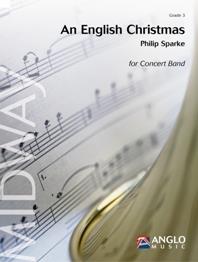 £110.99
£110.99An English Christmas (Concert Band - Score and Parts) - Sparke, Philip
Christmas as celebrated in England is a relatively newtradition dating from the time of Queen Victoria. Herhusband Prince Albert was from Germany and he broughtmany German Christmas traditions with him, including theChristmas tree and Christmas cards, and even carols such asHark, the Herald Angels Sing. Philip Sparke has however useda varied selection of English melodies to arrange into his Festival of Carols.The choir parts are seperately available (order no. AMP 227-050 or AMP 227-250 for a single copy).Duration: 9:35
Estimated dispatch 7-14 working days
-
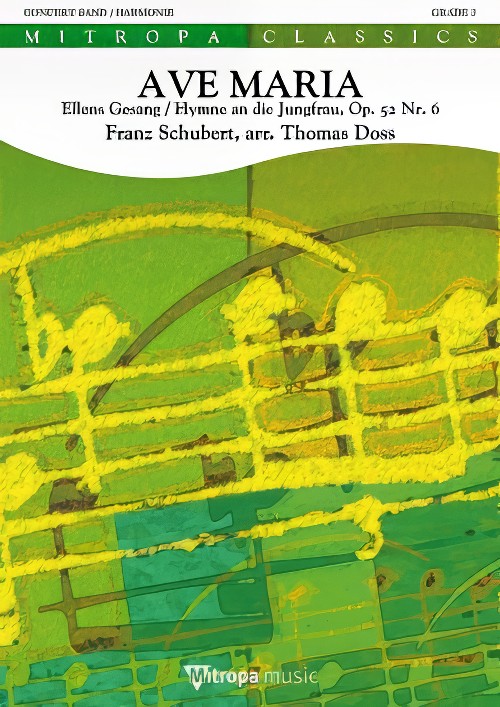 £89.99
£89.99Ave Maria (Concert Band - Score and Parts) - Schubert, Franz - Doss, Thomas
The Ave Maria by Franz Schubert is known and loved worldwide and was originally written as part of the song cycle The Lady of the Lake. In the course of time, the German text has been replaced by the traditional Latin prayer so often that the song has become known as the Ave Maria by Schubert. This lyrical melody, stirring in its simplicity, is complemented by a murmuring accompaniment that imitates a harp, a feature that Thomas Doss fully does justice to in this arrangement.Duration: 6:30
Estimated dispatch 7-14 working days
-
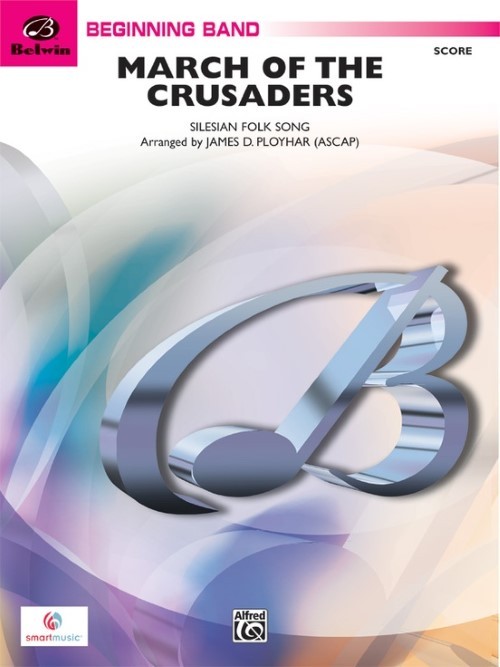 £50.50
£50.50March of the Crusaders (Concert Band - Score and Parts) - Ployhar, James D.
James D. Ployhar has transformed this hymn-tune into the march that it was originally intended to be. According to legend, this hymn was sung by German crusaders on their way to Jerusalem. Credited as a Silesian folk song, March of the Crusaders is an impressive addition to beginning band literature. Duration: 1.30
Estimated dispatch 7-14 working days
-
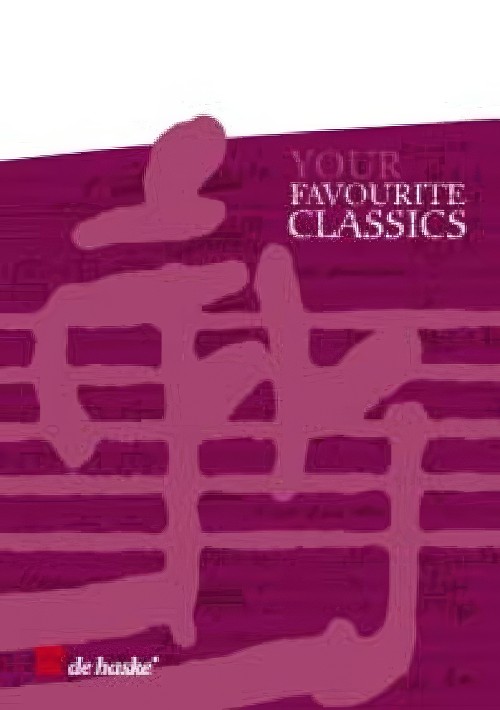 £74.99
£74.99Ich bete an die Macht der Liebe (Concert Band - Score and Parts) - Bortnyansky, Dmitry - Bilkes, Michael
The Ukrainian Dmitri Bortniansky (1751-1825) received lessons at the local singing school in his hometown of Hlukhiv, and soon his extraordinary talent was recognised. He was somewhat of a child prodigy, writing his first opera at a young age. Following his studies Bortniansky was appointed court composer and Kapellmeister of the Imperial Chapel Choir. In the period that followed, he wrote - in addition to a number of operas, instrumental works, and a cycle of songs - more than a hundred religious works for a cappella choir, in which he combined Russian-orthodox and Ukrainian traditions with late 18th century European music. The appealing melody of Ich bete an die Macht der Liebe (Prayer to the Power of Love) became well-known, especially in Germany, in combination with German text by Gerhard Tersteegen. This arrangement by Michael Bilkes reflects the atmosphere of the original work very well.Duration: 3:45
Estimated dispatch 7-14 working days
-
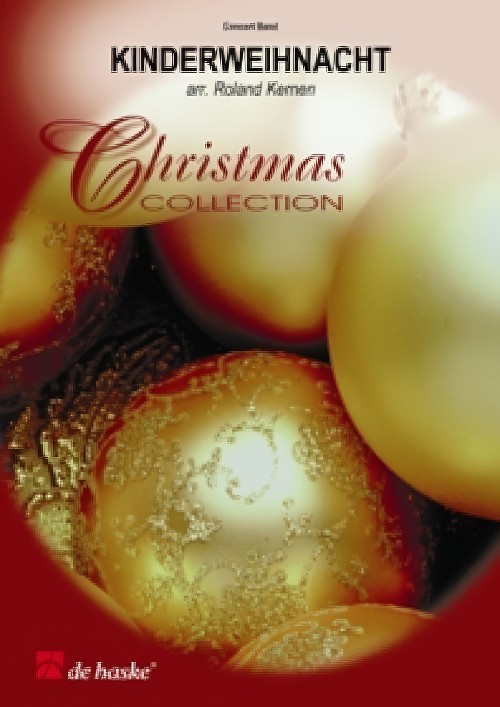 £74.99
£74.99Kinderweihnacht (Concert Band - Score and Parts) - Kernen, Roland
Kinderweihnacht is a medley for four-part instrumentation, featuring four famous German children's Christmas carols. Creative interpretation requires the use of kitchen utensils (bottles, spoons, lids) by the percussion section! Something a little different for Christmas.Duration: 5:45
Estimated dispatch 7-14 working days
